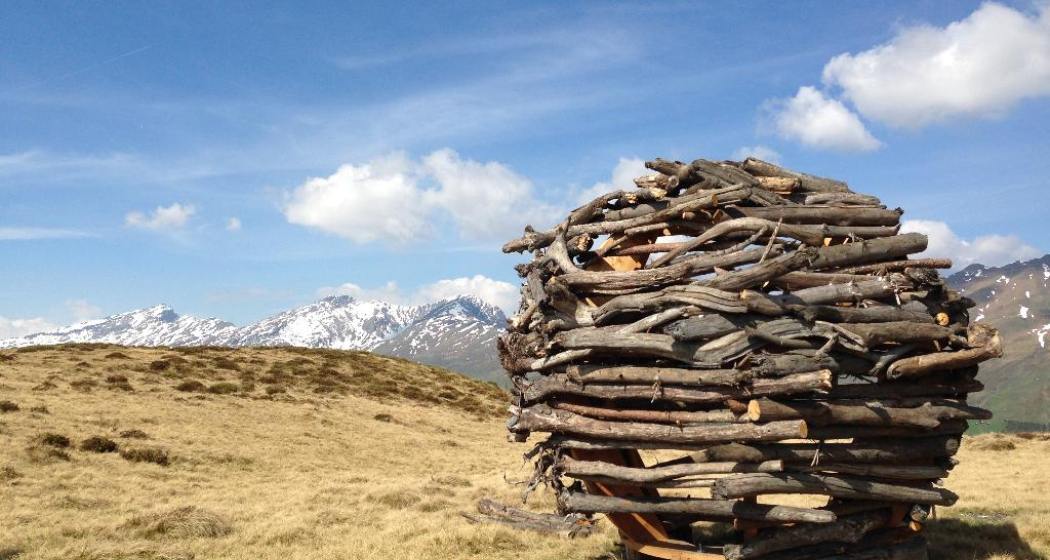Info Point Viamala
Nolla reisst den Berg in die Tiefe


Show all 3 images

Description
"Were you really there, in grandfather's arms, when the Rüfe rolled down the ravine? Can one remember the dull rumble, the trembling under one's feet; or do you only know all this from grandfather's stories? [...] Pieces of land, Börter, then the whole slope, slipping, into hyrax, slowly, barely visible at first, hardly a trembling in the branches, then, if you look a moment later, suddenly faster, begin to throw up, throw over, alders and firs, wedging, Mikado sticks are thrown around like each other, stones, splintering wood, fences and bent trunks, whose exposed rootstocks protrude from the blue-black pulp, seeking in vain for a foothold in the rain-hatched air, dance over Wuhre down the mudslide [...]» Reto Hänny, writer from Tschappina: text excerpt from "Helldunkel" [pp. 162 – 163] (1994)
Trees, rocks, houses, nothing on the Heinzenberg was safe from the raging mountain stream Nolla. The Nolla is a stream with extraordinary power, which shaped the landscape over a large area and taught the inhabitants of Heinzenberg and Domleschg to fear. At high water levels, the Nolla carried as much debris as scree or driftwood down from the Heinzenberg that it literally piled up in front of the valley floor to form a dam wall, until the force of the water swept these walls away again and thus triggered a strong tidal wave.
In the past, there have been repeated extreme events, which led, among other things, to massive flooding in Domleschg with effects as far as Lake Constance. The first documented eruption occurred in 1585. Subsequently, accumulations of eruptions and decades of dormancy alternated again and again.
In order to stop the damaging effects of this dreaded torrent, stream construction began in 1870. Mainly subsidized by the federal government, the Nolla was tamed by 1901 with 70 barriers and forelocks, drainage canals and a 2575-meter-long drainage canal.
Other measures such as the reforestation of the Nolla state forest and the emptying of Lake Lüscher were added. All these interventions have been able to significantly improve the situation, but barriers have had to be replaced or new ones built again and again.
Contact
Nolla reisst den Berg in die Tiefe
Responsible for this content: Viamala Tourism.
This content has been translated automatically.

This website uses technology and content from the Outdooractive platform.